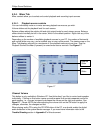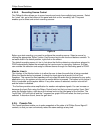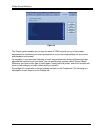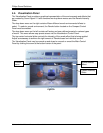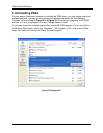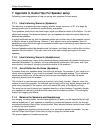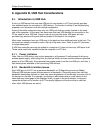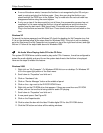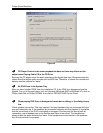
Philips Sound Solutions
PSC805 Aurilium™ Sound Processor Users Guide 35
7. Appendix A, Useful Tips For Speaker setup
Following is some suggestions to help you set up your speakers for best results.
7.1.1. Ideal Listening Scenario (Speakers)
The ideal way to experience proper imaging, whether stereo, surround, or 3D, is to begin by
arranging each pair of speakers as symmetrically as possible.
Front speakers should be at the same height, angle and distance relative to the listener. You will
obtain best imaging if the distance between you and speakers are about the same distance as
between the speakers.
A typical multimedia set-up, with the speakers placed just to either side of the computer monitor,
is ideal for stereo or quad listening. However, if your system has a center speaker, then it is
advisable to move the left and right front speakers further apart, maintaining equal distance from
the listening position.
Surround speakers should be placed behind the listener, and ideally be no further than the front
speakers from the listener. They also need to be at the same height and angle as the front
speakers.
7.1.2. Ideal Listening Scenario (Headphones)
When using headphones, many of the potential problems associated with speaker listening are
essentially eliminated. For example, you are automatically positioned in the center, and if you
move around, this doesn’t change your position relative to the speakers.
7.1.3. Avoid Reflective Surfaces (Speakers)
If possible, keep your speakers away from reflective surfaces. For example, if your setup is in a
corner and one speaker is very close to a sidewall, this will degrade imaging. This is because
sound waves will bounce off the wall and arrive at your ears slightly later than the waves
originating directly from the speaker.
This is true of any environment except an anechoic (echo-free) chamber. However, when the
surface is close to the speaker, the reflected sound energy will be only slightly delayed and still
quite strong compared to the original, which will reduce the clarity of the signal you hear.
The same can be true of placing your speakers directly on a hard desktop. If possible, elevate
your speakers on stands so they are further away from the reflective surface. This will slightly
improve the imaging and effects.
7.1.4. Balance the Speakers and Headphones
Any imaging, including stereo, surround and especially 3D audio, can be degraded by left/right
channel imbalances. If your speakers or amplifier(s) incorporate balance controls, we strongly
recommend adjusting them to their center position. Many physical balance controls have a mark
to identify the center position.
If each speaker has separate volume controls, try to set them as equally as possible. You can
use the Philips Sound Agent 2 test utility to help you judge the volume levels.
This practice applies to headphones as well.




